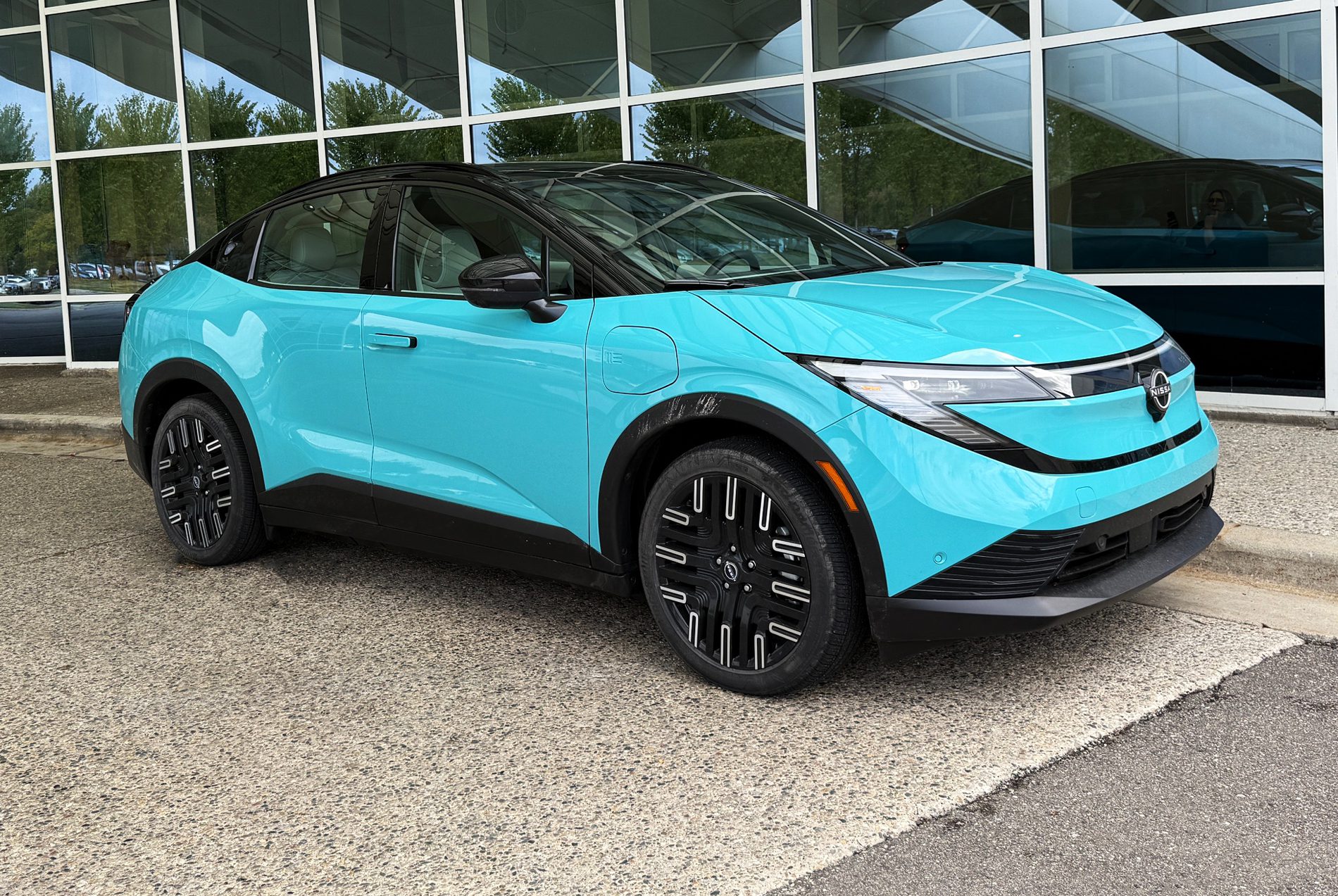
When the Nissan LEAF was introduced for the 2011 model year, it was the first mass-produced, fully electric passenger car targeted at a mainstream market. It was a quirky-looking, bug-eyed vehicle that essentially helped pioneer the current EV segment. For perspective, though Tesla was on the scene in 2011, the only vehicle in its lineup at the time was the niche Roadster. The Model S didn’t hit the streets until 2012.
Now, 25 years later, the third-generation LEAF is hitting the streets, and Nissan intends for it to be a game changer. During our brief first look, we think this 2026 Nissan LEAF hits the mark, and it’s going to set the bar for all affordable EVs that follow.
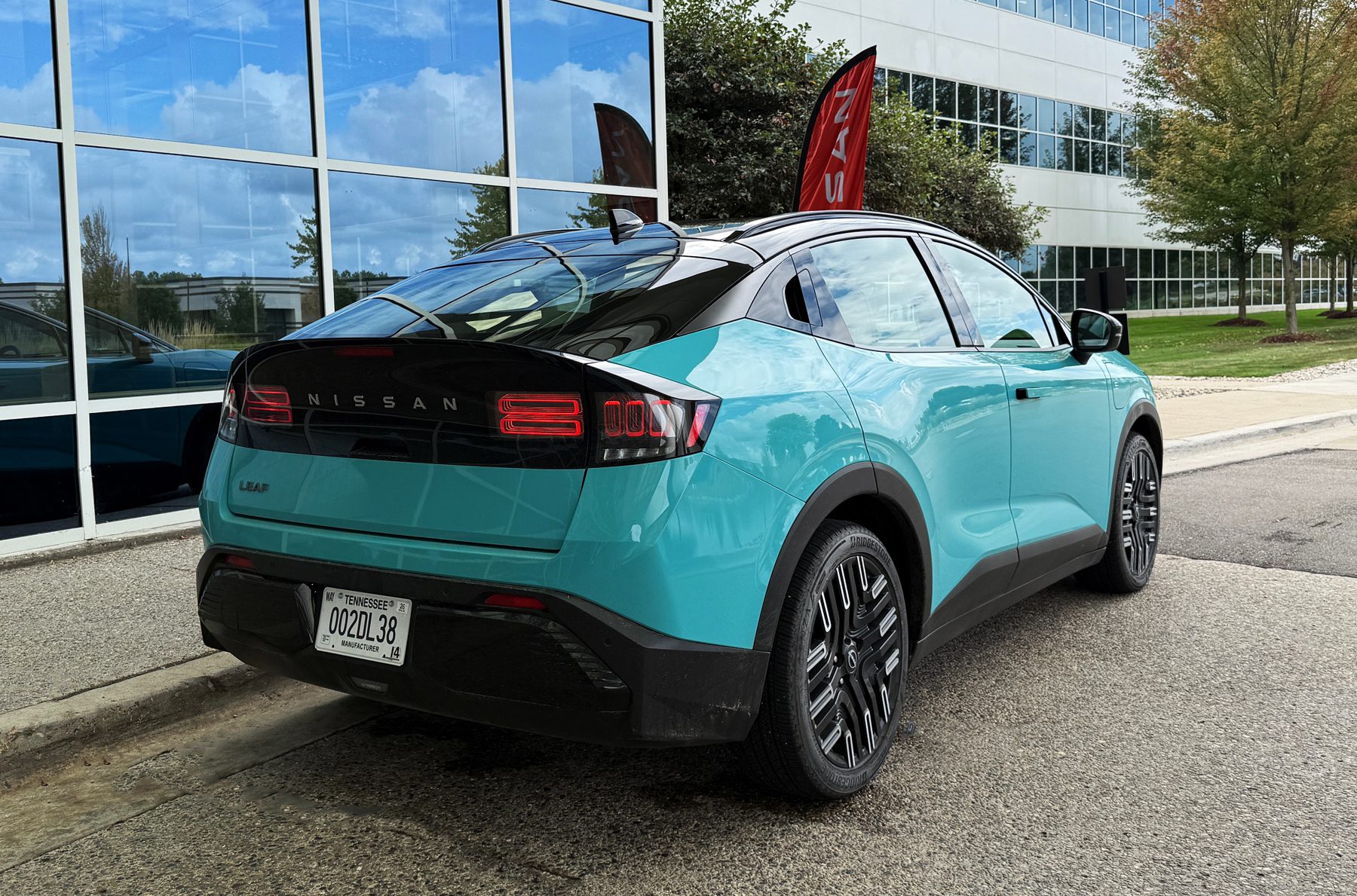
A is for Affordable
You may have assumed that LEAF or “Leaf” was merely an iconic representation for being “green.” But alas, it’s actually an acronym:
- Leading
- Environmentally friendly
- Affordable
- Family vehicle
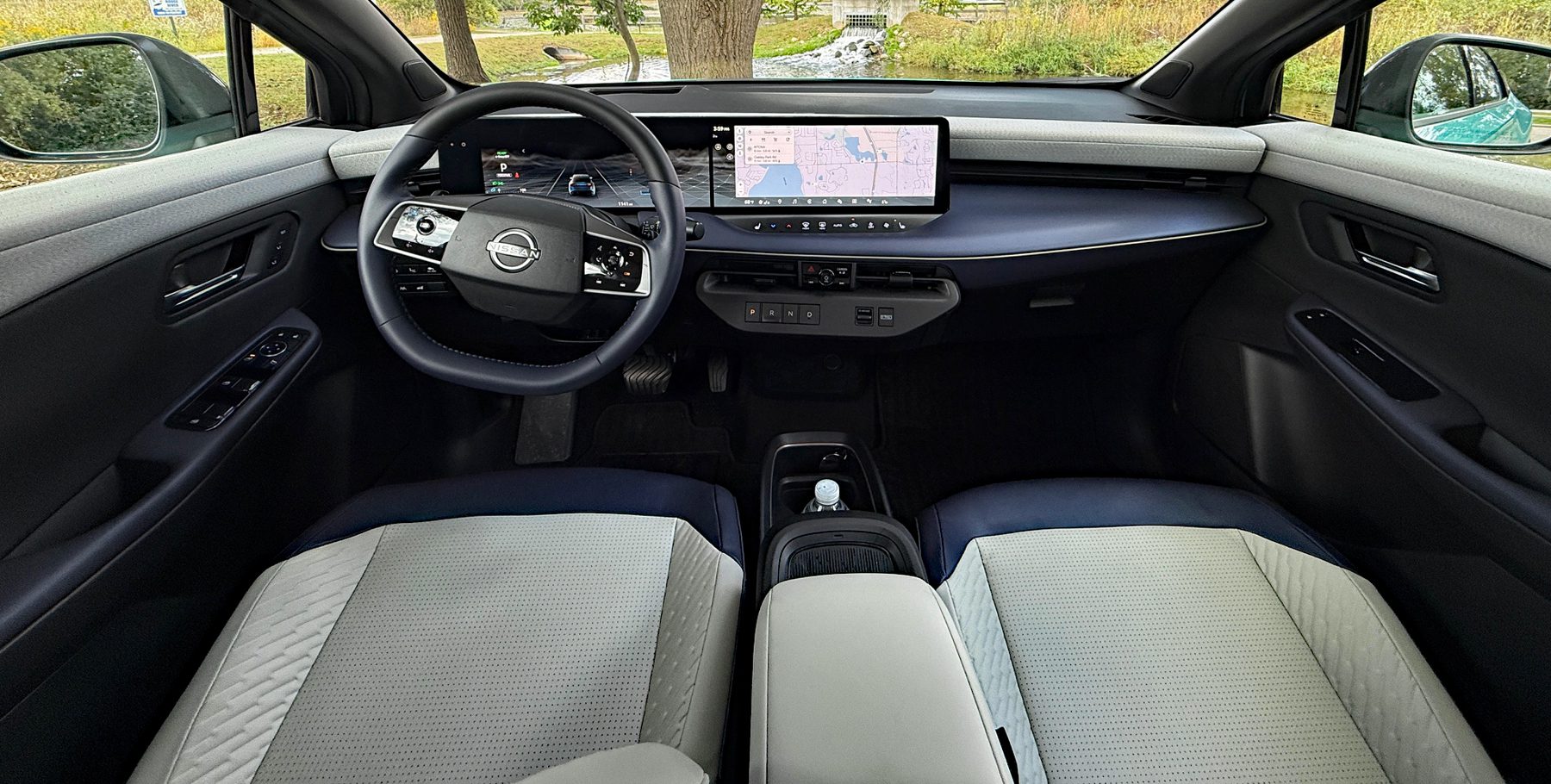
Historically Affordable
And throughout its life, Nissan Leaf has placed the emphasis on “affordable.” Consider the fact that when it launched in 2011, it had a base price of $32,780, and that first-gen model was eligible for the $7,5000 federal tax credits. When the second-gen launched in 2018, the price went down to $29,990, and in this generation it was eligible for some federal credits both pre- and post-Inflation Reduction Act. However, since the tax credits for EVs disappear at the end of September 2025, this new 2026 Nissan LEAF won’t qualify for any federal tax credits–and yet the price holds the line at $29,990 (without destination fees).
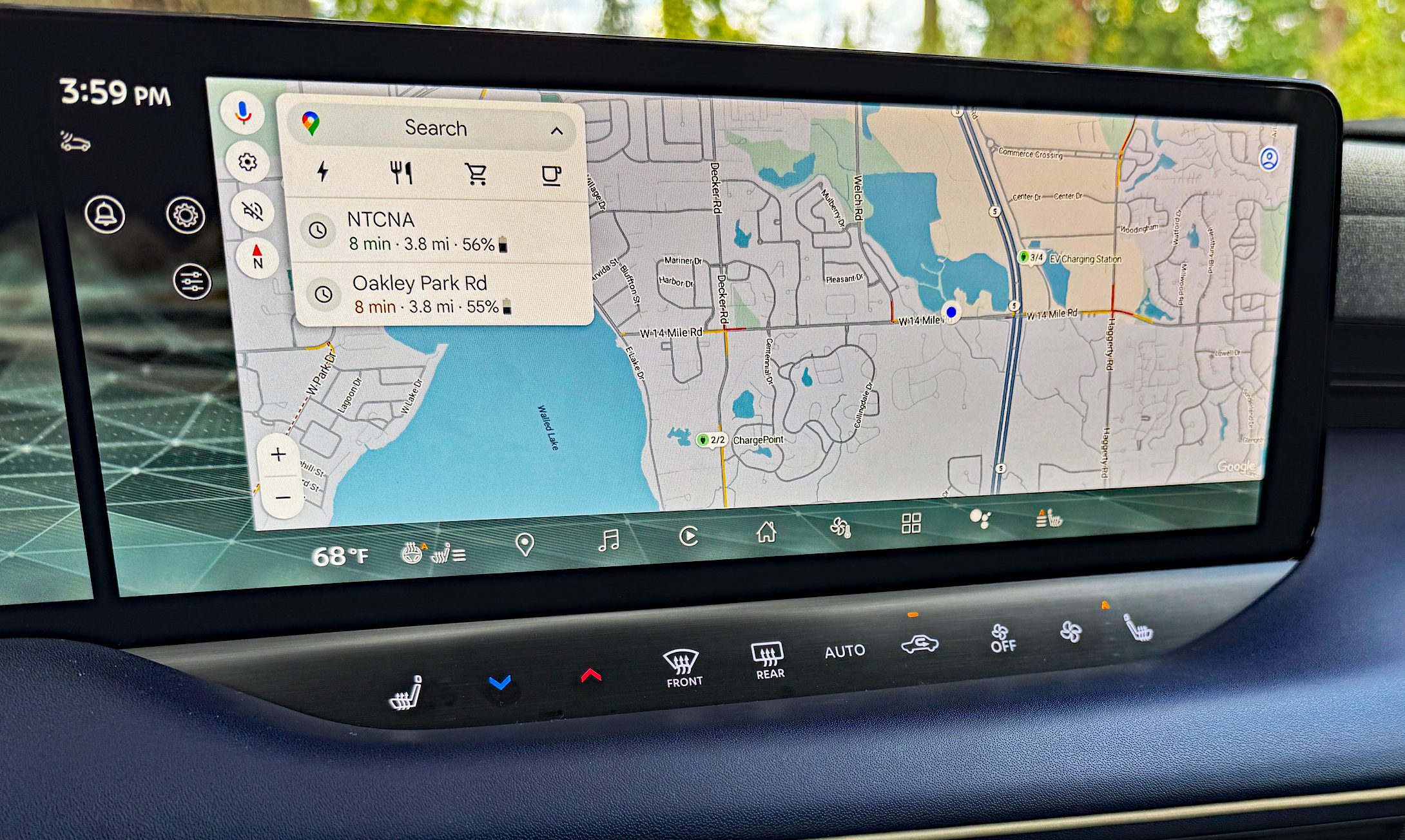
bargain Trim Level Coming
The big news here is that this isn’t going to be the base, base price. A lower-range LEAF with a smaller battery pack is expected as a late release (either a late 2026 or early 2027 model), and several publications are estimating that vehicle will be priced around $26,000. That will undercut the price of every other electric vehicle currently on the market. By a lot. Other than the current Nissan LEAF, the other affordable EVs include the Chevrolet Equinox EV ($34,995 without current cash incentives) and Hyundai Kona EV ($34,470).
Prices and Trim Levels
The current trim-level breakdown for the 2026 LEAF as of this writing, including destination fees:
S+ ($31,485): Includes 18-inch steel wheels, 75 kWh battery, 160 kW motor, North American Charging Standard port for 150 kW DC fast charging, dual 12.3-inch digital displays, 360-degree camera views, and wireless Apple CarPlay/Android Auto.
SV+ ($35,725): Adds 18-inch aluminum alloy wheels, synthetic leather seating surfaces, 14.3-inch digital displays, Google built-in, heated front seats, and wireless phone charger.
Platinum+ ($40,485): Adds 18-inch aluminum alloy wheels, LED “3D” signature taillights and front lighting signature, dimming panoramic roof, Bose Personal Plus audio system with 10 speakers, vehicle-to-load interior outlets, and hands-free power liftgate.
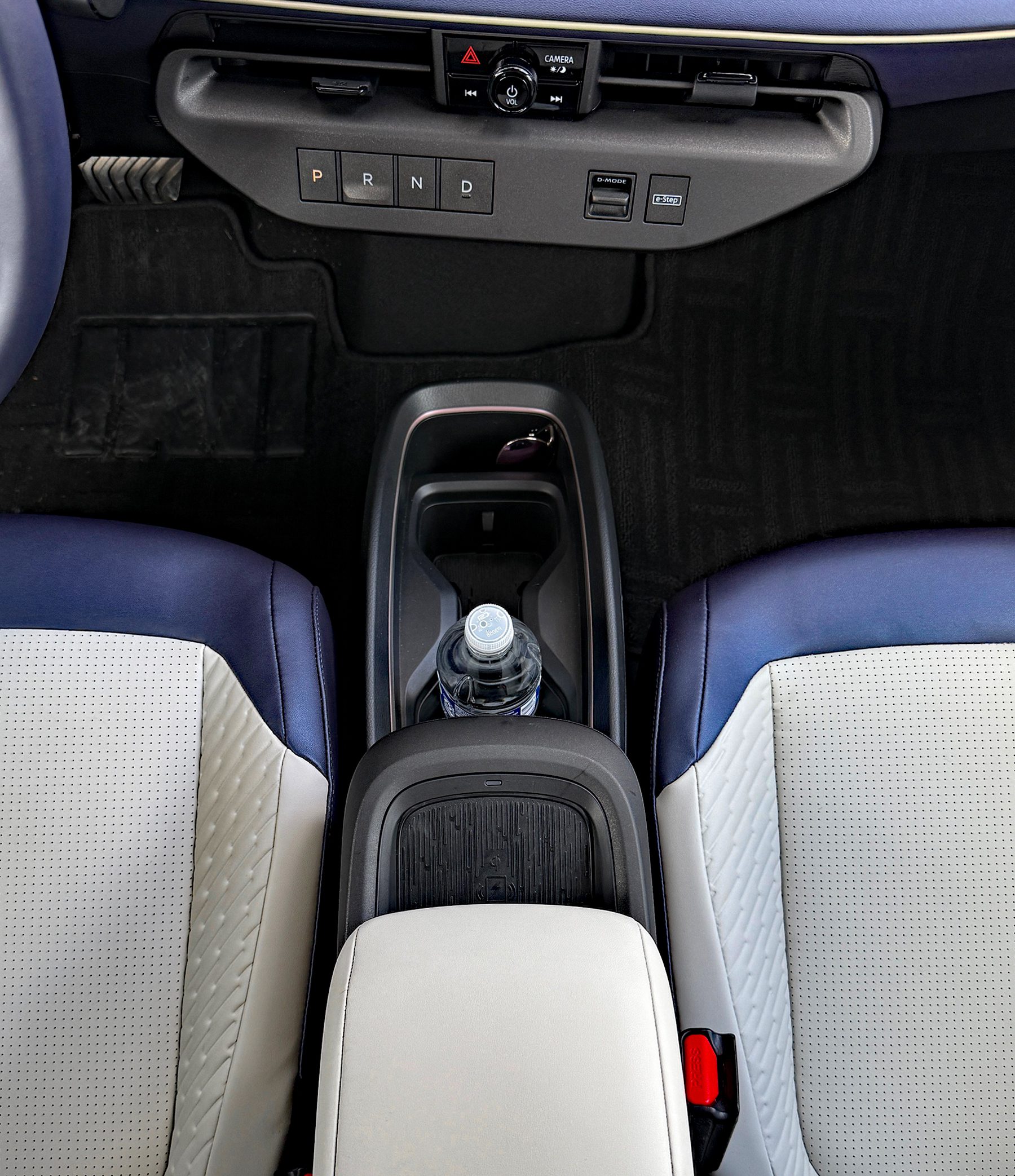
Big Range
When you survey the general public, the minimum range most people seem to find acceptable in an electric vehicle is 300 miles. The Nissan LEAF has never come close to that mark–until now. The S+ trim can get up to 303 miles. While this doesn’t beat the Equinox EV’s 319 miles of max range, it bests the Kona EV by 42 miles. So, if people are truly looking for range and affordability, the S+ is going to be the winner.
Range does go down as the trims level up, but that’s the trade-off for more technology and more equipment. Even so, range remains better than or comparable to the Kona EV, with the SV+ trim getting 288 miles of range and the Platinum+ trim bringing in 259 miles of range.
What’s New?
The 2026 Nissan LEAF is all new in every sense of the word. In addition to the redesign and extra range, this is the first time LEAF sits on an EV-specific platform. It shares the CMF EV platform with the paused Ariya. It also has a new 3-in-1 powertrain with an integrated motor, inverter and reducer.
New features on the LEAF include flush door handles, a flat underbody, 3D holographic taillights on upper trims, the dimming panoramic roof on the Platinum+ trim, and the standard NACS charging port, which enables access to the Tesla Supercharger network. The 2026 LEAF also includes a J1772 port for Level 2 or at-home charging.
You’ll also see Google built-in on the SV+ and Platinum+ trims, which will allow for intelligent route planning via Google maps. Unlike the Equinox EV, it also offers Apple CarPlay and Android Auto on all trims. It’s also worth noting that the Google built-in will have a one-year free trial, but it will require a subscription after the trial expires.
Though Nissan is calling this new LEAF a “crossover,” it’s more from a design standpoint than a size perspective. The 2026 Nissan LEAF is shorter, lower, and less wide than the previous generation.
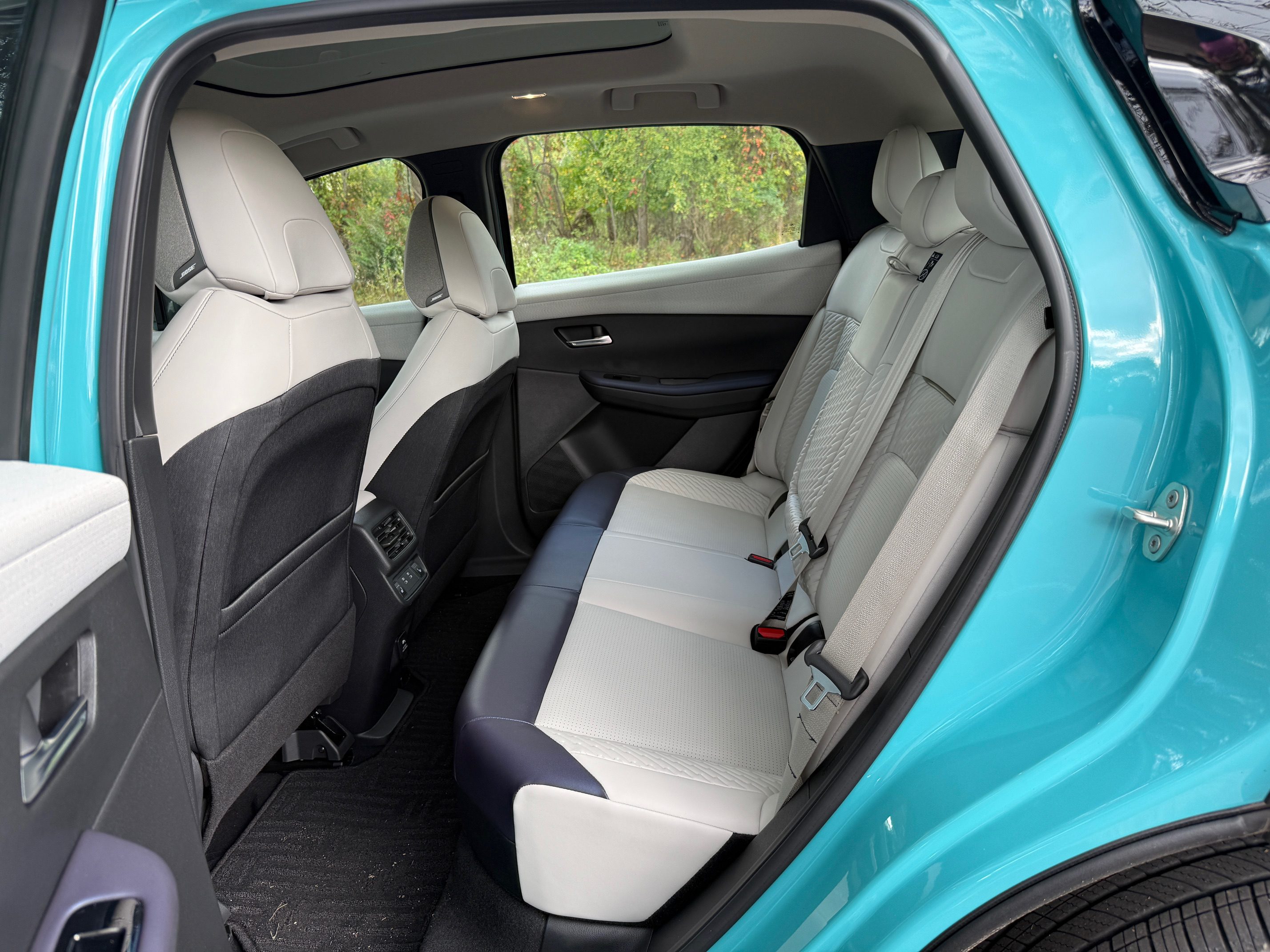
Power and Performance
One of the key things Nissan wanted for this next-gen LEAF was for it to be fun to drive. You might ask how that’s possible with a motor that delivers just 214 horsepower and 261 pound-feet of torque, but it is. The engineers tuned the LEAF to get that instantaneous torque, so you have an immediate boost when you hit the accelerator from a stop. Plus, it has the right amount of power for passing maneuvers on the highway. While this doesn’t feel super-car fast, it was fast enough to give my stomach a little flip and push me back in my seat.
Outside of that, its compact size makes it feel nimble around curves, and it has a decent turning radius for tight city maneuvers.
Adjustable Braking
In addition to being fun to drive, Nissan wanted this new LEAF to be easy to live with – especially for someone who’s never owned an EV. So, one of the things the automaker did with this next-gen LEAF is to allow the driver to set the regenerative braking. If you’re not familiar with an EV, it’s weird concept to wrap your mind around lifting your foot off the accelerator to brake. Thus, the LEAF will allow you to select minimal regeneration, which gives you the coasting feeling you get when lifting off the gas pedal of a traditional ICE vehicle. For those familiar with EVs who want max regen and a one-pedal-driving feel, you can hit the “e-Step” button. This gives significant braking when lifting your foot off the accelerator, but unlike true one-pedal driving, it won’t bring you to a complete stop.
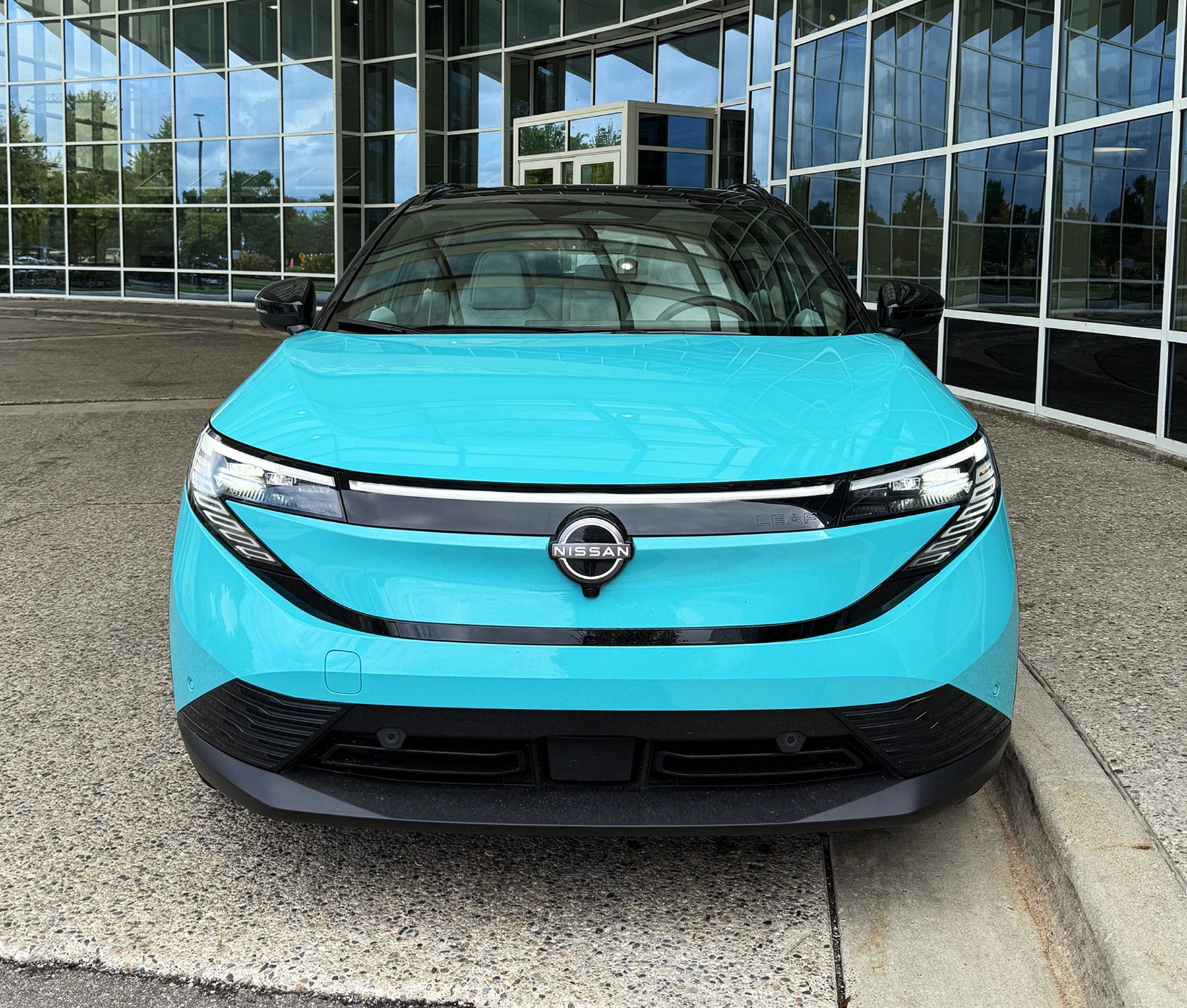
Drive Modes
I kept the vehicle in Eco mode during my brief drive time and had the e-Step regen engaged. I liked the overall feel of how the LEAF operated in full EV mode, but I do wish that the e-Step allowed for full one-pedal driving.
Charging
We were driving the Platinum+ model, and even with the lower range, I didn’t feel any kind of range anxiety. Granted, we weren’t going far from our home base, but it was the Google built-in with the range estimator that really allayed any sense of worry. That and the NACS charge port. Tesla chargers are more widely available, so if you do need to charge outside of the home, it’ll be easier to find a place to plug in. Additionally, the new LEAF can charge from 10% to 80% in 35 minutes.
Not Perfect
While the 2026 Nissan LEAF is an attractive and well-put-together vehicle, there are some things that might need some attention. First, let’s talk about menu icons. The 14.3-inch screen on the Platinum+ trim has a series of icons across the bottom that take you to things like your maps, climate controls, home screen, and Apple CarPlay. This makes it easy to navigate between the native system and any phone mirroring system you might be using because the menu icons are static. Yay! The problem: The icons are tiny, and I found that even with my small fingers, I had to turn my hand at awkward angles to engage the icons with the pad of my finger rather than the tip of my fingernails. There is a similarly awkward reach for the HVAC controls that are inset and just below the screen.
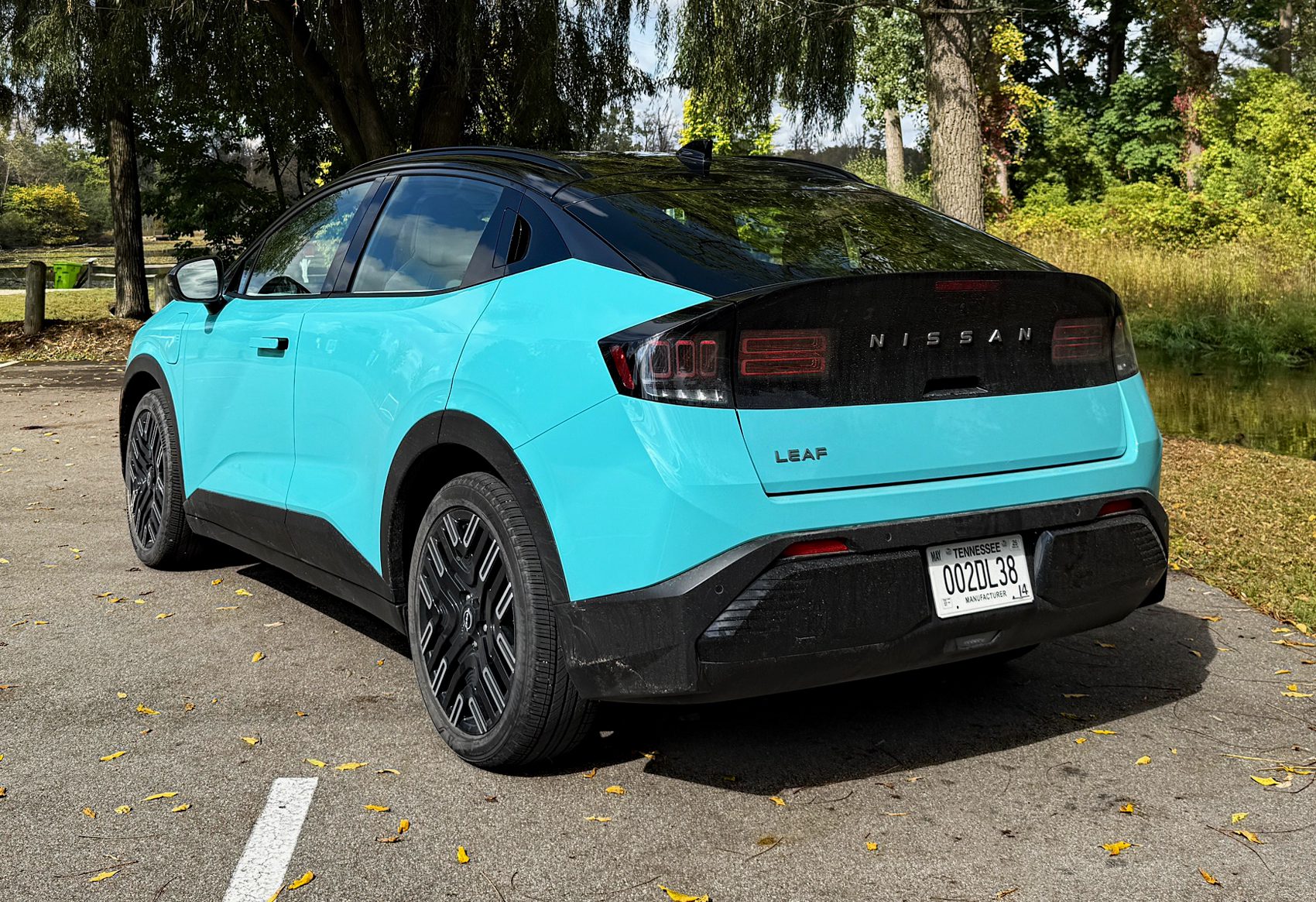
Second, the wireless phone charger is only good for short stints. I have a strong dislike for most wireless chargers in cars because they tend to overheat your phone and only issue a trickle charge. There are some exceptions out there–namely in General Motors vehicles–but for the most part wireless chargers in cars are pointless. Such is the case for the wireless charger in the 2026 Nissan LEAF. It stopped charging my phone after just a half an hour on the pad because my phone needed to cool down. So, if you truly need to charge or you’re going to be driving longer than a half an hour, bring a charging cord and wire in.
CG says:
The 2026 Nissan LEAF is better than its predecessor in every way, and the fact that it holds the line on pricing while including more tech, more range, and access to more chargers is a big deal. Nissan calls this new generation of LEAF a “perception shifting EV,” and I have to agree. Right now, I don’t think there’s a better affordable EV out there.

Listen to the Car Stuff Podcast
2026 Nissan Leaf Pictures
Click below for enlarged images